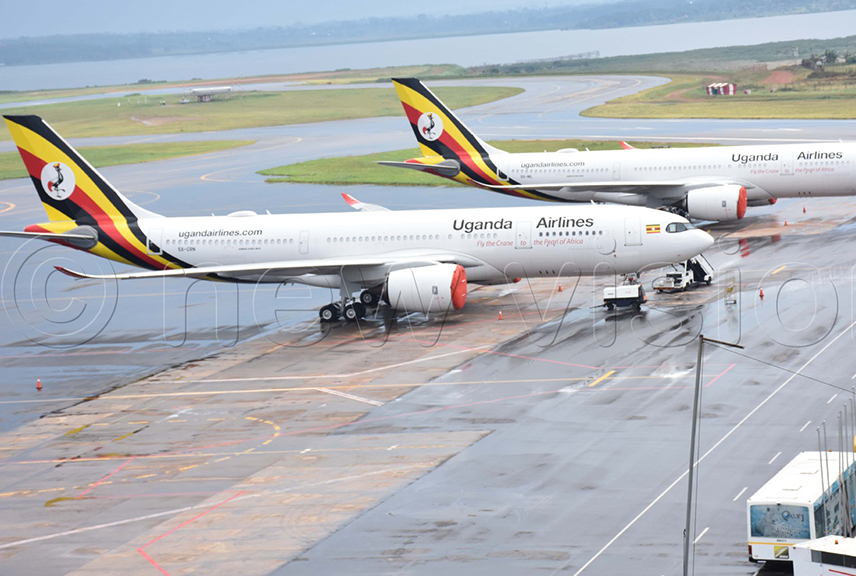
Entebbe International Airport (EBB) is Uganda’s primary international gateway, located approximately 40 kilometers southwest of the capital, Kampala. Situated on the shores of Lake Victoria, the airport serves as the main hub for international and domestic flights, connecting Uganda to major destinations across Africa, Europe, and the Middle East. Originally built in the 1920s during British colonial rule, Entebbe Airport has undergone multiple upgrades over the years to accommodate increasing passenger and cargo traffic. It is managed by the Uganda Civil Aviation Authority (UCAA) and serves as the home base for Uganda Airlines, the national carrier.
Entebbe Airport is best known for the dramatic 1976 hostage rescue mission, Operation Entebbe (or Operation Thunderbolt), in which Israeli commandos successfully freed over 100 hostages from a hijacked Air France plane. The event put Entebbe on the global map and remains a key moment in both Ugandan and international history. Today, the airport is a critical hub for regional trade and tourism, providing access to Uganda’s renowned attractions such as Bwindi Impenetrable Forest, home to mountain gorillas, and the famous Murchison Falls National Park. Its location near Entebbe town, which hosts the State House (Uganda’s presidential residence) and the Uganda Wildlife Education Centre, further enhances its strategic significance.In recent years, the Ugandan government has invested in modernizing Entebbe Airport to enhance capacity and efficiency. Expansion projects include the construction of a new cargo terminal, upgraded passenger facilities, and improved runways to accommodate larger aircraft. These developments are aimed at boosting Uganda’s aviation industry and supporting economic growth through increased tourism and trade. With its strategic position in East Africa, Entebbe International Airport remains a key transport hub, playing a crucial role in Uganda’s connectivity to the rest of the world.

| Destination | Entebbe Airport |
|---|